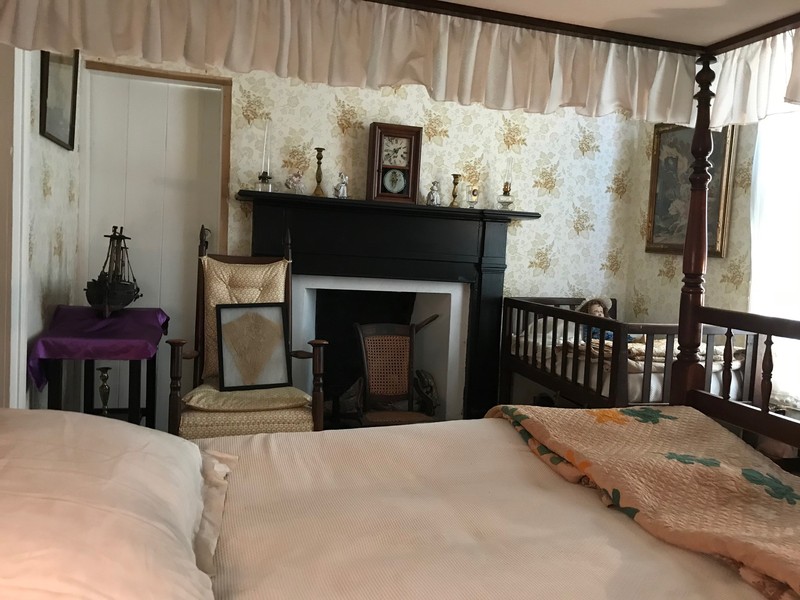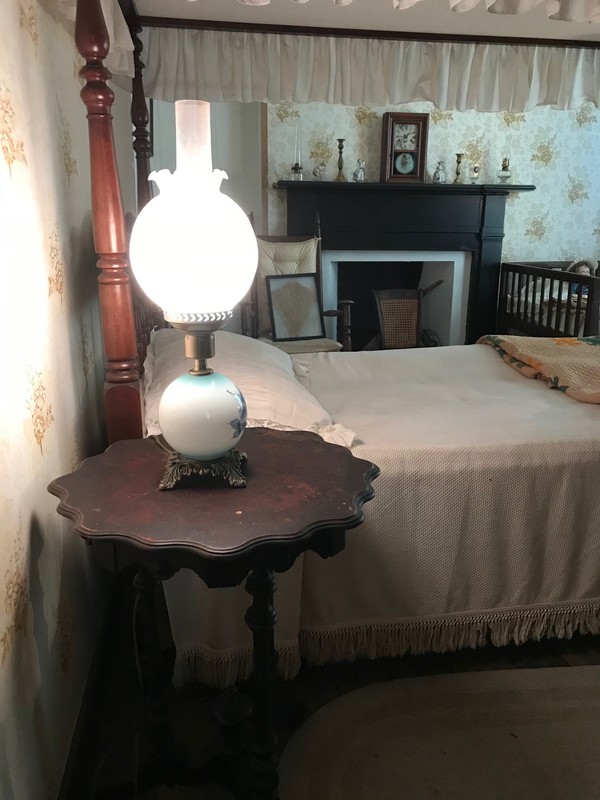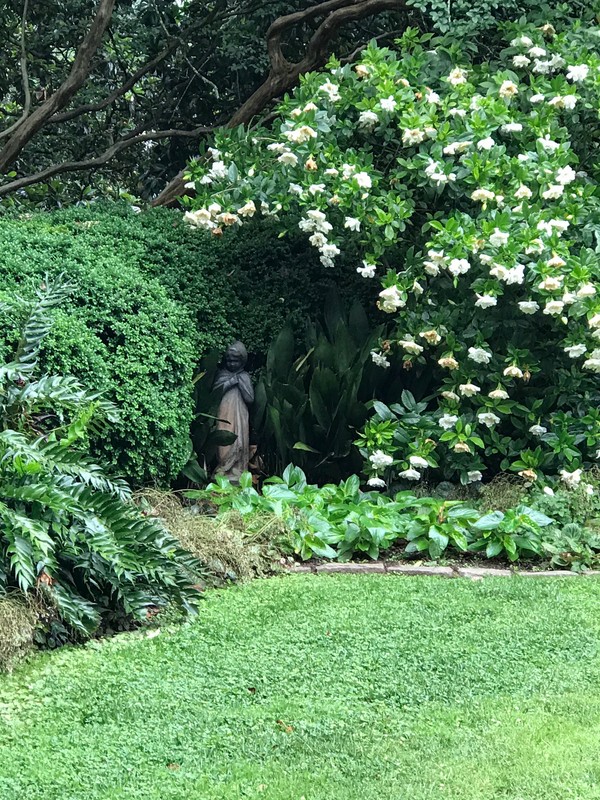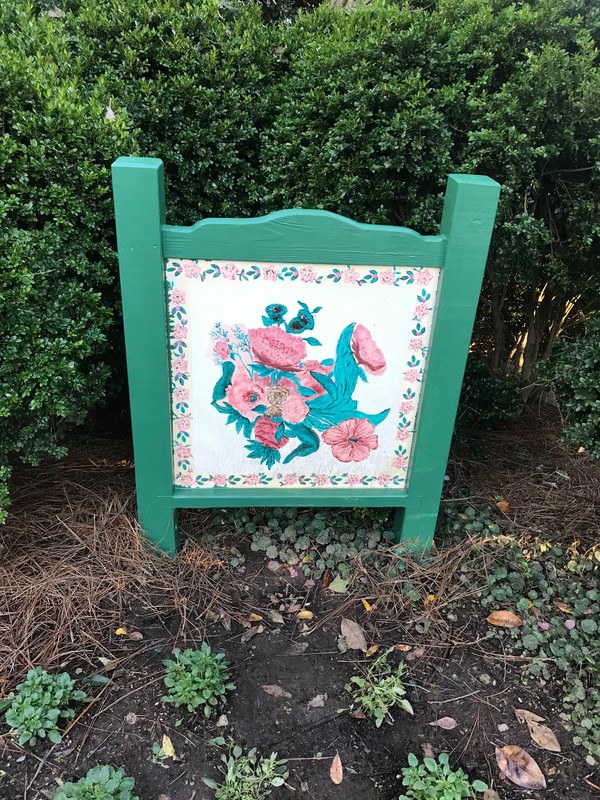Fort Hill-Nursery and Cornelia's Bedroom
Introduction
Author-Uploaded Audio
Listen to a narration of this entry's description by Fort Hill User.
Text-to-speech Audio
Images
Cornelia's Bedroom

Bedside table which sat by John C. Calhoun on his deathbed

Cornelia's Garden

Cornelia's Garden Quilt Square

Library of Congress Image of Cornelia's Garden

Backstory and Context
Author-Uploaded Audio
Listen to a narration of this entry's description by Fort Hill User.
Text-to-speech Audio
The nursery is directly adjacent to the Calhoun's master bedroom and is most closely associated with their youngest daughter, Martha Cornelia Calhoun (1824-1857). Cornelia, as she was called by her family, fell from a swing as a child and suffered a spinal cord injury which impeded her ability to walk.
Her father spared no expense for the sake of her health, as Cornelia's health made her father "quite uneasy.". She suffered some form of hearing loss after her accident, and physicians sought ways to aid her. While in Philadelphia to consult with specialists, Cornelia learned to use a "silver trumpet" for hearing and the treatments she began receiving seemed to improve her health, at least psychologically. Her mother wrote to her eldest son's wife that, "Cornelia looks better than I ever saw her. She has had her hair cut short, and it has improved her appearance much, her form is decidedly much better. She hears through the silver trumpet some distance, and seems pleased with it" (Lander 87).
Cornelia never married and remained her mother's constant companion until she died in her mid-thirties. She is buried at St. Paul's Episcopal Cemetery in Pendleton, S.C., and her mother was later buried next to her grave. Anna Maria named her last child after Cornelia and they called her Nina.
The garden outside the back door is named Cornelia's Garden and was built for Cornelia to allow her an easier way to spend time outside.
Sources
Ernest McPherson Lander, The Calhoun Family and Thomas Green Clemson: The Decline of a Southern Patriarchy. Columbia, S.C.: University of South Carolina Press, 1983.
“Educational Resources | Clemson University, South Carolina,” accessed May 21, 2020, https://www.clemson.edu/about/history/properties/ed.html.
“Fort Hill: The Land | Clemson University, South Carolina,” accessed May 21, 2020, https://www.clemson.edu/about/history/properties/fort-hill/.
image courtesy of Fort Hill
image courtesy of Fort Hill
image courtesy of Fort Hill
image courtesy of Fort Hill
“Fort Hill, Clemson University Campus, Clemson, Pickens County, SC,” image, Library of Congress, Washington, D.C. 20540 USA, accessed July 22, 2020, https://www.loc.gov/item/sc0118/.
